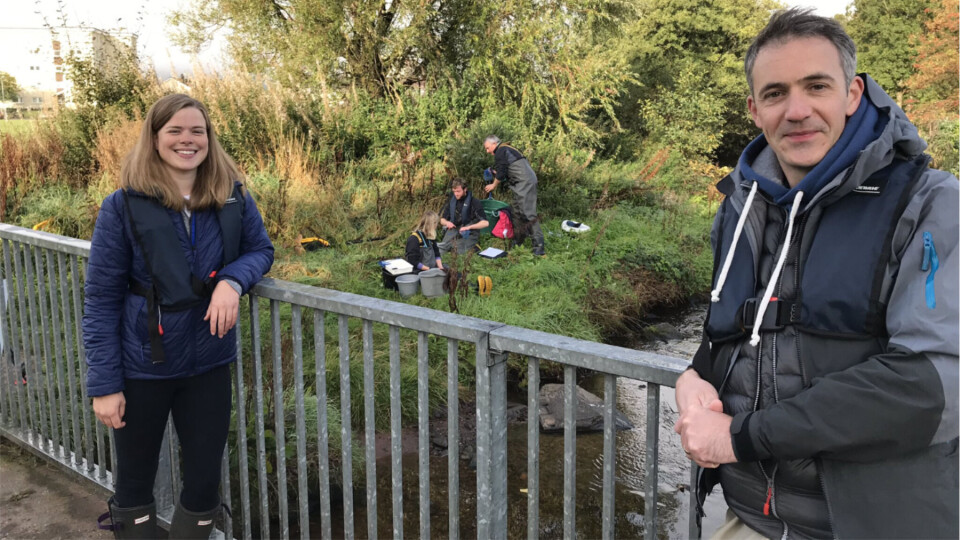
Salmon farming back under The One Show's microscope
Salmon farming will be under the spotlight again this evening when it again features on BBC’s The One Show.
Presenter Joe Crowley is taking a look at the recent escape of nearly 50,000 salmon from Mowi Scotland’s Carradale North site during Storm Ellen.
The programme, which normally airs at 7pm on BBC 1, has been switched to BBC 2 to make way for a UK government announcement about Covid-19 prevention measures.
‘Fragile population’
In a series of tweets promoting the show, Crowley said his latest look at salmon farming is taking place “amid fears over the impact the escapees could have on the fragile wild salmon population”.
Crowley added: “Anglers in the affected areas of Scotland and north-west England should be aware of @FMS_Scotland advice, to help them recognise (and kill!) farmed salmon.”
The tweet includes a link to guidance from Fisheries Management Scotland (FMS) on the difference between wild and farmed salmon, and pictures of identifying characteristics on a farmed salmon caught on the River Leven.
Mortality on fish farms
Crowley has previously reported for The One Show on farmed salmon mortality and on two organic salmon farms on what he said was the “divided community” of Skye.
More than 150 of the fish that escaped from Mowi’s Carradale North farm have so far been caught and killed by anglers, including a handful south of the border in Cumbria.
They are among 48,384 salmon with an average weight of 4.2 kilos that escaped when the farm broke free from its moorings in Kilbrannan Sound on August 20.
Mooring rope
The company said the cause of the incident appeared to be breakage of mooring ropes that attach to the main system seabed anchors.
The rope had a breaking strength of 89.5 ton – roughly twice the maximum strength required for its application - and was been sent to third-party testing facilities in Aberdeen.
The farm was installed five years ago according to the Marine Scotland’s Technical Standard for Scottish Finfish Aquaculture, and the infrastructure inspected three months before the escape.























































